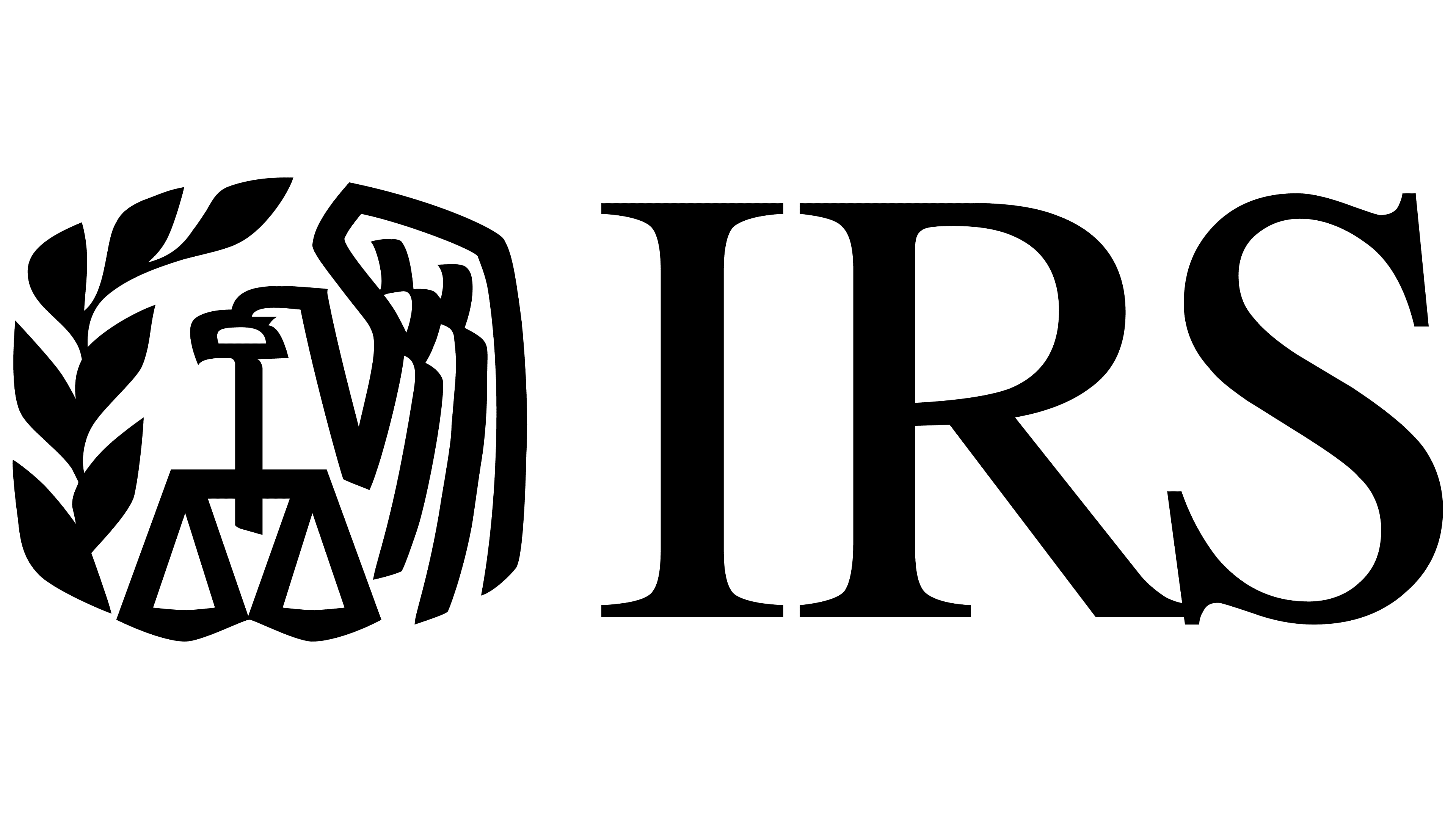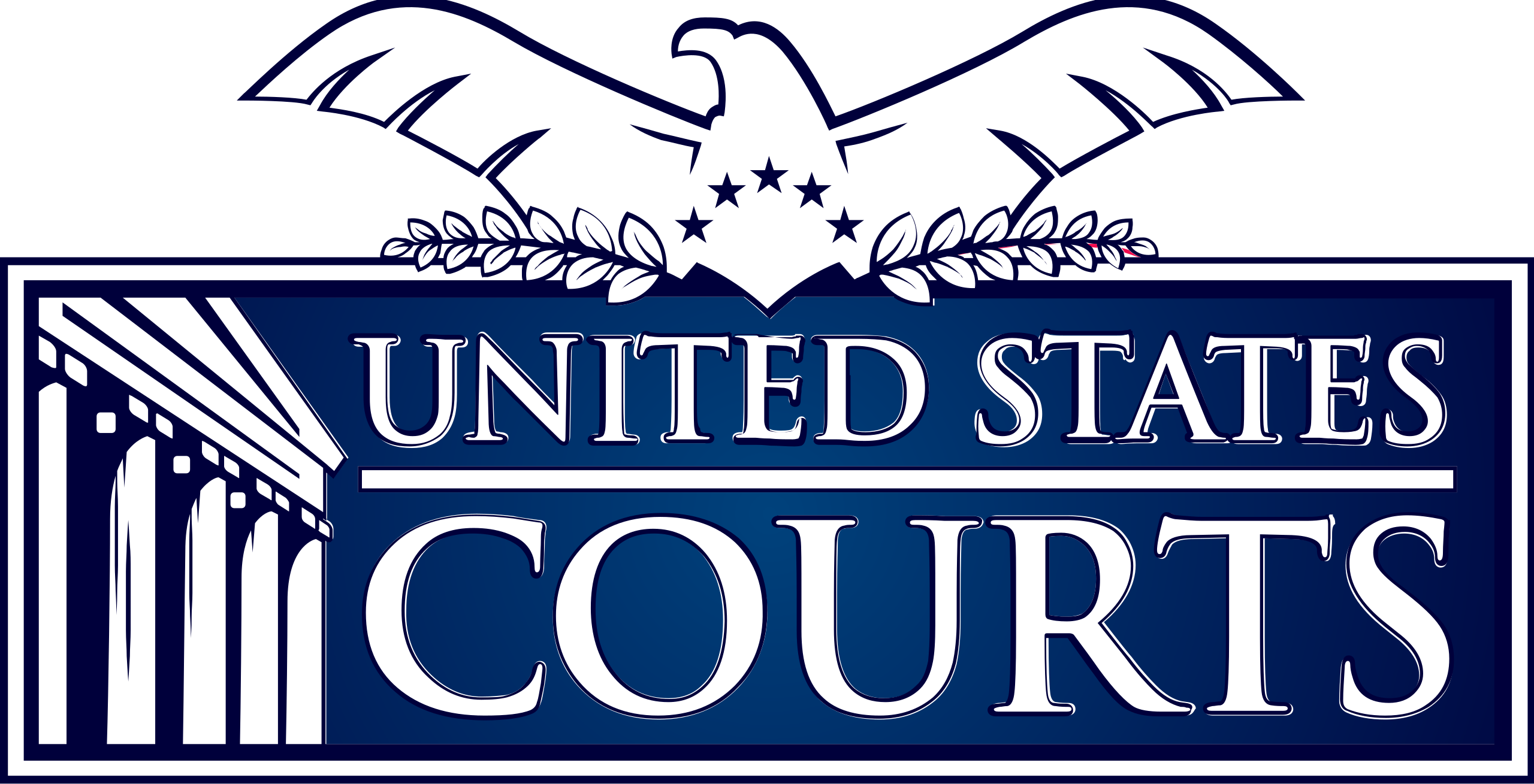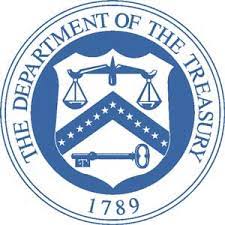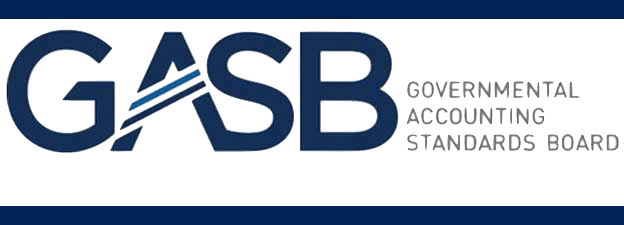






5-Star Service, Trusted & Loved by Hundreds
Your Appraiser Search Ends Here
Your Appraiser Search Ends Here
.avif)

Nationwide Coverage – Appraisals Anywhere in the US

Get it done Onsite or Online

Any Asset, Covered

Defensible for Any Purpose
Frequently Asked
Questions
No Frequently Asked Questions Found.
The core purpose of portfolio evaluation extends beyond simple valuation. It serves as a sophisticated diagnostic tool that offers multiple strategic advantages. Investors gain a nuanced understanding of their financial landscape by examining asset values, tracking performance metrics, and evaluating potential risks.
Key dimensions of portfolio evaluation include comprehensive performance measurement, which allows investors to compare actual returns against market benchmarks and identify high-performing and underperforming assets. This analysis enables precise strategic adjustments, ensuring that investment strategies remain aligned with financial goals and market dynamics.
Risk assessment represents another critical component of portfolio evaluation. By meticulously analyzing the risk profile of individual assets and the overall portfolio, investors can implement targeted risk mitigation strategies. This approach helps balance potential returns with acceptable risk levels, creating a more resilient investment framework.
The evaluation process involves meticulous data collection, application of sophisticated valuation methodologies, and in-depth performance analysis. Professionals typically employ specialized techniques tailored to specific asset types, ensuring accuracy and comprehensiveness in their assessments.
For institutional investors and organizations, portfolio evaluation transcends strategic planning. It plays a crucial role in financial reporting, regulatory compliance, and maintaining transparency for stakeholders. The insights derived from thorough evaluations provide a clear, authoritative snapshot of financial health and potential.
Ultimately, portfolio evaluation empowers investors with the knowledge needed to make informed, strategic decisions. By providing a holistic view of asset performance, value, and potential risks, this practice is an indispensable tool for sophisticated financial management.
Professional valuation goes beyond simple number-crunching. It involves a nuanced analysis of market dynamics, asset performance, and potential growth trajectories. Investors and businesses gain a multifaceted view of their holdings, uncovering hidden opportunities and potential risks that might otherwise remain obscured.
The value of a professional appraisal extends far beyond a single snapshot of worth. It enables more sophisticated financial planning, allowing stakeholders to make informed decisions about asset allocation, risk management, and strategic investment moves. Whether you're managing personal investments or overseeing a complex corporate portfolio, a detailed appraisal provides the clarity needed to navigate increasingly complex financial environments.
By synthesizing market trends, comparative analysis, and detailed asset examination, an appraisal offers a holistic perspective on investment performance. This approach helps investors identify underperforming assets, recognize emerging opportunities, and develop more resilient investment strategies.
Comprehensive portfolio evaluation ultimately empowers decision-makers with the knowledge to optimize their financial positioning, mitigate potential risks, and create more targeted investment approaches. The insights gained from a professional appraisal transform raw financial data into a strategic roadmap for future growth and financial success.
Tangible assets encompass physical properties like real estate, machinery, inventory, and equipment that can be directly observed and quantified. These concrete assets form the operational foundation of most businesses, representing significant capital investments that contribute to organizational productivity and value.
Intangible assets, while less visible, often represent substantial economic value. These include intellectual property, brand reputation, customer relationships, proprietary technologies, and strategic contracts. Though not physically present, these assets can substantially influence a company's market position and long-term financial potential.
Professionals conduct these appraisals using sophisticated methodologies that carefully analyze market conditions, asset characteristics, and potential future earnings. Typically, appraisers employ multiple approaches—cost, market, and income—to develop a comprehensive and nuanced valuation that reflects the complex nature of modern business assets.
The insights gained from a thorough assets appraisal extend far beyond simple monetary calculations. They provide strategic guidance for financial planning, support critical business decisions, and offer transparent documentation for various organizational needs, including financial reporting, insurance coverage, potential sales or mergers, and legal considerations.
By delivering an objective, detailed assessment of a company's asset portfolio, business assets appraisals empower leadership to make informed strategic choices, understand true organizational value, and effectively manage financial resources.
Technological advancements enable appraisers to collect critical asset information through multiple digital channels. Clients can submit detailed photographs, documentation, and specifications electronically, allowing experts to perform thorough evaluations without physical presence. Advanced communication tools like video conferencing platforms further enhance this process, enabling real-time interactions and immediate clarification of asset details.
Online appraisals typically involve a structured approach where clients provide comprehensive asset documentation, including images, maintenance records, purchase histories, and current condition reports. Professional appraisers then analyze these materials using sophisticated valuation methodologies, generating precise and legally compliant assessment reports.
While digital appraisals offer significant convenience, they are most effective when clients provide transparent, accurate, and detailed information. Some complex assets might still require partial or full in-person evaluations to ensure complete accuracy. However, for many business assets, online appraisals represent a streamlined, cost-effective alternative to traditional assessment methods.
The key advantages of online business asset appraisals include increased accessibility, reduced logistical challenges, faster turnaround times, and the ability to obtain professional valuations regardless of geographical constraints. This approach empowers businesses to make informed decisions about their asset portfolios efficiently and effectively.
Real estate appraisers concentrate on property valuation, meticulously analyzing commercial and industrial properties by evaluating location, structural condition, zoning regulations, and current market dynamics. Their assessments provide comprehensive insights into real property worth.
Machinery and equipment appraisers focus on tangible operational assets, carefully examining manufacturing equipment, technological infrastructure, and office furnishings. They assess factors like age, functionality, maintenance history, and potential economic utility to determine precise monetary value.
Inventory appraisers specialize in quantifying stock and raw material values using sophisticated retail and wholesale valuation techniques. Their work is crucial during financial audits, strategic planning, and potential business transactions, ensuring accurate representation of a company's physical assets.
Intangible asset appraisers tackle the complex realm of non-physical assets, valuing intellectual property, brand reputation, customer relationships, trademarks, and patents. Their expertise is particularly vital during mergers, acquisitions, and financial restructuring efforts.
Business valuation appraisers provide holistic organizational assessments, integrating multiple valuation approaches to determine comprehensive business worth. They synthesize data from various asset categories, delivering nuanced insights that reflect the multifaceted nature of business value.
Specialized industry appraisers offer targeted expertise in specific sectors like healthcare, technology, or manufacturing. These professionals understand unique asset characteristics and industry-specific valuation complexities, providing tailored and precise assessments.
By understanding these diverse appraisal specializations, business leaders can make informed decisions, leveraging expert insights to optimize asset management and strategic planning.
Financial reporting and regulatory compliance demand precise asset documentation. Accurate appraisals enable businesses to present transparent financial statements, satisfying stakeholder expectations and meeting complex regulatory requirements. These assessments provide a clear snapshot of an organization's economic landscape.
During merger and acquisition scenarios, asset appraisals become instrumental. They facilitate fair negotiations by establishing objective market values, reducing transactional risks, and ensuring equitable deal structures. Both parties gain confidence through professionally validated asset assessments.
Tax considerations represent another critical dimension of business asset appraisals. Precise valuations influence potential tax deductions, support compliance with IRS guidelines, and provide defensible documentation for charitable donations or asset transfers. Businesses can strategically manage their tax responsibilities through comprehensive asset evaluations.
Insurance protection relies heavily on accurate asset valuation. By understanding the true replacement or market value of equipment, property, and resources, organizations can secure appropriate coverage levels. This approach mitigates potential financial vulnerabilities and ensures comprehensive risk management.
For financing and investment pursuits, credible asset appraisals strengthen an organization's positioning. Lenders and investors consistently seek transparent, professionally validated asset assessments that demonstrate fiscal responsibility and potential growth capacity.
Strategic asset management benefits substantially from regular, systematic appraisals. Organizations gain insights into depreciation, potential reinvestment opportunities, and resource optimization. These evaluations support long-term planning and help businesses make informed decisions about maintaining, replacing, or divesting assets.
Professional asset appraisals ultimately serve as a critical tool for organizational intelligence, providing a holistic view of an enterprise's economic foundation and potential. By delivering objective, detailed insights, these assessments empower businesses to navigate complex financial landscapes with confidence and precision.
Why Do Business Asset Appraisals Matter?
Business asset appraisals are a critical component of strategic organizational management, providing comprehensive insights that drive financial intelligence and operational excellence. These evaluations extend far beyond simple monetary calculations, serving as a strategic tool for comprehensive business development.
Key Strategic Advantages of Business Asset Appraisals
- Precise Financial Transparency
Accurate asset valuations ensure balance sheets reflect true organizational worth, maintaining compliance and building stakeholder confidence through transparent financial reporting.
- Strategic Investment Intelligence
Comprehensive appraisals empower investors and leadership teams with nuanced understanding of asset portfolios, enabling data-driven investment decisions and potential funding opportunities.
- Comprehensive Risk Management
Regular asset evaluations help organizations proactively identify potential financial vulnerabilities, monitor depreciation risks, and develop strategic mitigation strategies.
- Resource Optimization
Detailed asset analyses allow management to pinpoint underperforming resources, reallocate capital efficiently, and design targeted improvement strategies.
Critical Applications in Business Transformation
- Mergers and Acquisitions
Precise asset valuations provide a foundational framework for negotiating equitable transaction terms, ensuring transparent and fair business exchanges.
- Organizational Restructuring
During divestiture or strategic realignment, asset appraisals offer objective markers for determining fair market values and supporting strategic decision-making.
Ultimately, business asset appraisals transcend routine financial exercises, emerging as strategic instruments that synthesize financial intelligence, risk management, and organizational growth potential.
Strategic Portfolio Management: Beyond Simple Valuation
In today's competitive business landscape, strategic portfolio management transcends simple valuation, requiring a nuanced approach to understanding and leveraging business assets.
Comprehensive Asset Assessment: A Strategic Overview
Modern businesses recognize that effective portfolio management hinges on a holistic evaluation of assets, which encompasses:
- Detailed analysis of tangible and intangible assets
- Comprehensive valuation of machinery, technology, and intellectual property
- Strategic insight into revenue-generating components
Key Benefits of Strategic Asset Appraisal
Financial Planning and Resource Optimization
A meticulous appraisal enables businesses to:
- Make informed investment decisions
- Optimize capital expenditures
- Identify underperforming assets for potential divestment
Risk Management and Market Adaptability
Comprehensive asset evaluation provides critical advantages in:
- Assessing potential economic vulnerabilities
- Establishing robust contingency strategies
- Navigating market fluctuations with greater confidence
Stakeholder Confidence and Business Growth
Regular, transparent asset appraisals demonstrate organizational sophistication, attracting investors and partners who value strategic clarity. By embracing a data-driven approach to portfolio management, businesses can effectively:
- Capitalize on emerging opportunities
- Mitigate potential risks
- Drive sustainable long-term growth
The future of business success lies in understanding and strategically managing asset portfolios with precision and forward-thinking insight.
What Types of Assets Drive Your Business Value?
Understanding Asset Categories Driving Business Value
Identifying and evaluating the diverse asset types within your business portfolio is fundamental to understanding your organization's true financial potential. Each asset category contributes uniquely to overall business valuation and strategic positioning.
Tangible Assets: Physical Value Drivers
- Real Estate: Strategic property holdings that represent significant value through:
- Location-based market potential
- Property appreciation opportunities
- Functional utility for business operations
- Equipment and Machinery: Critical operational resources that:
- Enhance production efficiency
- Represent capital investment
- Contribute to competitive capabilities
- Inventory: Dynamic asset reflecting:
- Current market value
- Liquidity potential
- Operational readiness
Intangible Assets: Invisible Value Generators
- Brand Equity: Powerful competitive differentiator comprising:
- Market reputation
- Consumer perception
- Loyalty potential
- Intellectual Property: Unique competitive advantages including:
- Patents
- Trademarks
- Proprietary technologies
- Customer Relationships: Critical long-term value indicators such as:
- Customer retention rates
- Lifetime customer value
- Engagement metrics
Financial Assets: Monetary Value Repositories
- Investments: Diversified financial instruments including:
- Stocks
- Bonds
- Other strategic financial holdings
- Cash and Cash Equivalents: Crucial liquidity resources providing:
- Operational flexibility
- Investment capabilities
- Financial stability
Comprehensive assessment of these asset categories enables businesses to develop nuanced insights into their value drivers, supporting informed strategic planning and sustainable growth initiatives.
Precision in Appraisal: Methodologies That Work
When it comes to business assets appraisal for portfolio evaluation, employing the right methodologies is crucial for achieving accurate and reliable valuations. Understanding these methodologies can significantly enhance decision-making processes, safeguard investments, and optimize asset management strategies.
Key Appraisal Methodologies
Several professional appraisal methods are predominantly utilized in the industry, each tailored to specific types of assets and circumstances:
1. Cost Approach
- Assesses the current cost to replace an asset, minus any depreciation
- Particularly valuable for tangible assets like machinery or real estate
- Provides an objective evaluation based on replacement costs
2. Income Approach
- Evaluates asset value based on income generation potential
- Commonly applied to revenue-producing properties or businesses
- Estimates future cash flows and discounts them to present value
3. Market Comparison Approach
- Compares the asset with similar recently sold properties or items
- Analyzes market data to derive a value reflecting current market conditions
- Essential for understanding competitive positioning
Comprehensive Valuation Strategies
In practice, appraisers often utilize a combination of these methodologies. This hybrid approach allows for a more comprehensive evaluation, ensuring various aspects of the asset's value are considered. Advanced tools and software enhance accuracy by providing real-time data analysis that considers market trends and economic influences.
Benefits of Precision in Appraisal
Engaging qualified appraisers who are adept in these methodologies can yield significant benefits for businesses, including:
- Accurate asset valuation
- Enhanced strategic planning
- Improved investment analysis
- More effective risk management
Ultimately, precision in appraisal methodologies is paramount for businesses seeking to optimize their asset portfolios and drive informed financial decisions.
Key Factors Shaping Your Asset's Worth
When determining the value of business assets for portfolio evaluation, several key factors come into play. Understanding these elements is crucial for obtaining an accurate appraisal, which can aid in making informed financial decisions.
Critical Components of Asset Valuation
- Asset Type
The nature of the asset significantly influences its worth. Key distinctions include:
- Tangible assets (machinery, real estate) evaluated by physical condition and market demand
- Intangible assets (patents, trademarks) assessed based on potential future revenue generation
- Market Conditions
Economic trends and market dynamics play a crucial role in asset valuation:
- Economic downturns can depress asset values
- Industry-specific surges can enhance asset worth
- Market volatility directly impacts valuation accuracy
- Condition and Age
Physical state and age are pivotal in determining asset value:
- Newer, well-maintained equipment commands higher values
- Regular maintenance can positively affect depreciation rates
- Age-related wear and tear directly impacts valuation
- Legal and Regulatory Environment
Compliance factors that influence asset valuation:
- Potential legal disputes can decrease asset value
- Licensing requirements impact overall worth
- Regulatory compliance plays a critical role in valuation
- Income Generation Potential
Revenue-generating capabilities are a critical valuation factor:
- Historical financial performance
- Current income streams
- Projected future earning potential
- Market Comparables
Comparative analysis provides objective valuation insights:
- Examination of recently sold similar assets
- Establishing market-based benchmarks
- Providing an objective measure of worth
Comprehensive Valuation Approach
Accurately assessing business asset value requires a holistic understanding of interconnected factors. This comprehensive approach supports strategic decision-making, enabling more informed portfolio evaluations and investment strategies.
Avoiding Costly Appraisal Pitfalls
Navigating Business Asset Appraisal Challenges
Conducting a comprehensive business assets appraisal requires strategic awareness and meticulous attention to detail. Understanding potential obstacles can significantly improve the accuracy and reliability of your asset evaluation process.
Key Pitfalls to Avoid
-
Insufficient Research and Preparation
Comprehensive appraisal begins with thorough groundwork. Critical steps include:
- Collecting complete documentation
- Gathering historical acquisition costs
- Compiling previous appraisal records
- Aggregating relevant market data
-
Inappropriate Appraisal Methodology
Asset valuation demands precision in method selection:
- Income-based approaches work best for revenue-generating assets
- Cost-based methods are ideal for equipment and machinery
- Comparative market analysis suits real estate and similar tangible assets
-
Overlooking Market Dynamics
Economic conditions significantly impact asset valuation. Key considerations include:
- Current industry trends
- Regional economic indicators
- Sector-specific performance metrics
- Potential future market shifts
-
Unqualified Appraisal Professionals
Expertise matters in asset evaluation. Ensure your appraiser possesses:
- Specific industry knowledge
- Relevant professional certifications
- Demonstrable experience in your asset category
- Understanding of complex valuation techniques
-
Neglecting Final Report Review
Post-appraisal examination is crucial for:
- Identifying potential calculation errors
- Verifying methodology accuracy
- Ensuring comprehensive asset coverage
- Validating overall valuation integrity
Proactive awareness of these potential challenges empowers businesses to secure precise asset valuations, ultimately supporting more informed investment decisions and strategic portfolio management.
The Expert Advantage: Why Professional Appraisers Are Critical
In the landscape of business asset management, the expertise of professional appraisers is a critical cornerstone for robust portfolio evaluation. Their specialized knowledge transforms complex asset assessment from a simple calculation to a strategic financial insight.
Core Expertise of Professional Appraisers
Professional appraisers bring a multifaceted approach to asset valuation that goes far beyond basic estimation:
- Comprehensive Asset Assessment: Evaluating diverse assets including equipment, inventory, intellectual property, and real estate
- Advanced Valuation Methodology: Utilizing sophisticated techniques such as:
- Detailed market analysis
- Functional obsolescence evaluation
- Replacement cost calculations
Strategic Insights Beyond Numbers
What sets professional appraisers apart is their ability to contextualize asset value within broader economic landscapes:
- Real-time tracking of industry trends
- Understanding complex market fluctuations
- Analyzing impact of technological and regulatory changes
Critical Benefits of Professional Appraisals
- Enhanced Financial Credibility
A certified professional appraisal provides unparalleled legitimacy for:
- Financial reporting
- Merger and acquisition processes
- Financing negotiations
- Strategic Portfolio Management
Professional appraisers help businesses:
- Identify portfolio strengths and weaknesses
- Recognize growth opportunities
- Make informed divestment decisions
The Objective Advantage
By delivering independent, data-driven assessments, professional appraisers enable businesses to transform asset evaluation from a routine task into a strategic decision-making tool. Their expertise ensures that every asset is viewed not just for its current value, but for its potential future impact on organizational success.
Navigating the Legal Landscape of Asset Valuation
Legal Framework for Asset Valuation
Navigating the legal landscape of asset valuation is a critical process for businesses seeking accurate and compliant portfolio assessments. Understanding the intricate legal considerations ensures both legal protection and precise financial reporting.
Types of Assets and Legal Considerations
Asset valuation encompasses a broad spectrum of business resources:
- Tangible Assets: Real estate, machinery, equipment
- Intangible Assets: Intellectual property, patents, trademarks, goodwill
- Financial Assets: Investments, securities, financial instruments
Regulatory Compliance Landscape
Multiple regulatory bodies influence asset valuation processes:
- IRS Guidelines: Specific tax-related valuation methodologies
- Industry-Specific Regulations: Unique compliance requirements for sectors like manufacturing, healthcare, and technology
- Financial Reporting Standards: Ensuring accurate representation of asset values
Key Legal Risk Mitigation Strategies
- Engage certified and accredited appraisers
- Maintain comprehensive documentation
- Implement rigorous valuation methodologies
- Regularly update valuation processes to reflect current legal standards
Potential Consequences of Inaccurate Valuations
Improper asset valuation can lead to significant legal and financial risks:
- Tax penalties and potential audits
- Financial misrepresentation
- Reduced investment attractiveness
- Compromised decision-making capabilities
Strategic Approach to Legal Compliance
Successful asset valuation goes beyond mere regulatory adherence. It represents a strategic approach to understanding and maximizing business value while maintaining legal integrity. By developing a comprehensive understanding of the legal landscape, businesses can transform asset valuation from a compliance requirement into a strategic tool for growth and financial optimization.
Transforming Appraisal Insights into Strategic Decisions
In today's competitive business environment, understanding the true value of your assets is crucial for making informed strategic decisions. An appraisal provides a comprehensive assessment of your business assets' worth, encompassing various elements such as:
- Equipment
- Inventory
- Intellectual property
The Strategic Value of Regular Asset Appraisals
Conducting systematic appraisals enables organizations to:
- Identify Underperforming Assets: Pinpoint areas requiring optimization or potential divestment
- Establish Financial Baselines: Create transparent and accurate financial reporting
- Enhance Stakeholder Confidence: Provide clear insights into asset valuation
Key Benefits of Comprehensive Asset Valuation
Mergers and Acquisitions
Accurate valuations are instrumental in:
- Negotiating better transaction terms
- Demonstrating true business value to potential investors
- Supporting strategic decision-making during corporate transitions
Risk Management
Proactive asset assessment helps businesses:
- Anticipate market fluctuations
- Mitigate potential depreciation risks
- Develop adaptive financial strategies
The Future of Strategic Asset Evaluation
As valuation methodologies continue to evolve, asset appraisal has become more than a compliance exercise—it's a critical tool for driving business growth, innovation, and long-term sustainability.
By transforming appraisal insights into strategic decisions, businesses can unlock new opportunities, optimize their portfolios, and maintain a competitive edge in an increasingly dynamic marketplace.
How Often Should You Reassess Your Business Assets?
Strategic Asset Reassessment: A Comprehensive Guide
Regular reassessment of business assets is a critical component of effective portfolio management and strategic decision-making. Understanding when and how to evaluate your assets can provide significant competitive advantages.
Key Periods for Asset Reassessment
- Annual Review Cycle
Conduct a comprehensive assessment annually to:
- Track market value changes
- Identify potential depreciation or appreciation
- Align asset values with current business strategy
- Trigger Events Requiring Immediate Reassessment
- Significant market volatility
- Major organizational changes
- Substantial technological shifts
- Merger or acquisition activities
Critical Evaluation Factors
- Market Dynamics
Monitor economic conditions, industry trends, and competitive landscapes that could impact asset valuation.
- Regulatory Compliance
Stay attuned to industry-specific regulations that mandate periodic asset evaluations, ensuring ongoing financial transparency.
- Technological Evolution
Assess how technological advancements affect the value and utility of existing business assets, particularly equipment and intellectual properties.
Strategic Benefits of Consistent Asset Reassessment
- Enhanced financial reporting accuracy
- Improved strategic planning capabilities
- Better risk management
- More informed investment decisions
By implementing a structured and proactive approach to asset reassessment, businesses can maintain financial agility and make data-driven strategic choices that support long-term growth and sustainability.
Technology: Revolutionizing Asset Valuation Accuracy
In today's dynamic business landscape, technology has become a transformative force in asset valuation, dramatically improving accuracy, efficiency, and strategic decision-making.
Key Technological Advancements in Asset Valuation
Data Analytics and Machine Learning
- Enables rapid analysis of extensive datasets
- Identifies market trends and asset benchmarks
- Utilizes predictive modeling and real-time market analysis
- Provides comprehensive asset value assessment
Cloud-Based Collaboration Platforms
- Facilitate seamless stakeholder communication
- Integrate critical financial and performance data
- Enhance transparency during complex business transactions
- Support comprehensive portfolio evaluation
Digital Automation Tools
- Automate documentation and record-keeping processes
- Minimize human error in valuation procedures
- Accelerate overall appraisal timelines
- Enable mobile-based asset inspections
Emerging Technologies
- Blockchain providing secure, immutable ownership records
- Enhanced compliance and authenticity verification
- Increased trust in valuation methodologies
As technological innovations continue to evolve, businesses can leverage these advanced tools to gain unprecedented insights and competitive advantages in asset management and portfolio evaluation.
Unlocking Hidden Value: The Power of Comprehensive Appraisal
In the complex world of business, understanding the true value of your assets is essential for informed decision-making and strategic planning. Comprehensive appraisal services play a crucial role in revealing hidden value within your business portfolio.
What Comprehensive Appraisals Encompass
A comprehensive appraisal provides a clear and unbiased view of organizational assets by assessing both tangible and intangible components:
- Tangible Assets: Real estate, machinery, equipment, inventory
- Intangible Assets: Patents, trademarks, brand value, intellectual property
Key Appraisal Methodologies
Professional appraisers utilize sophisticated approaches to evaluate asset value:
- Cost Approach: Evaluates replacement or reproduction costs
- Income Approach: Assesses potential revenue generation
- Market Comparison Approach: Benchmarks against similar marketplace assets
Strategic Benefits of Comprehensive Appraisals
Beyond internal assessment, comprehensive appraisals serve critical external purposes:
- Secure financing and investment
- Support merger and acquisition negotiations
- Prepare for potential business transitions
- Provide accurate financial representations
Why Professional Expertise Matters
Engaging qualified professionals ensures rigorous, objective asset evaluation. Their specialized knowledge transforms raw data into strategic insights, empowering business owners to make informed decisions that enhance profitability and guide future growth initiatives.
View all Locations
BEST-IN-CLASS APPRAISERS, CREDENTIALED BY:









.svg)









